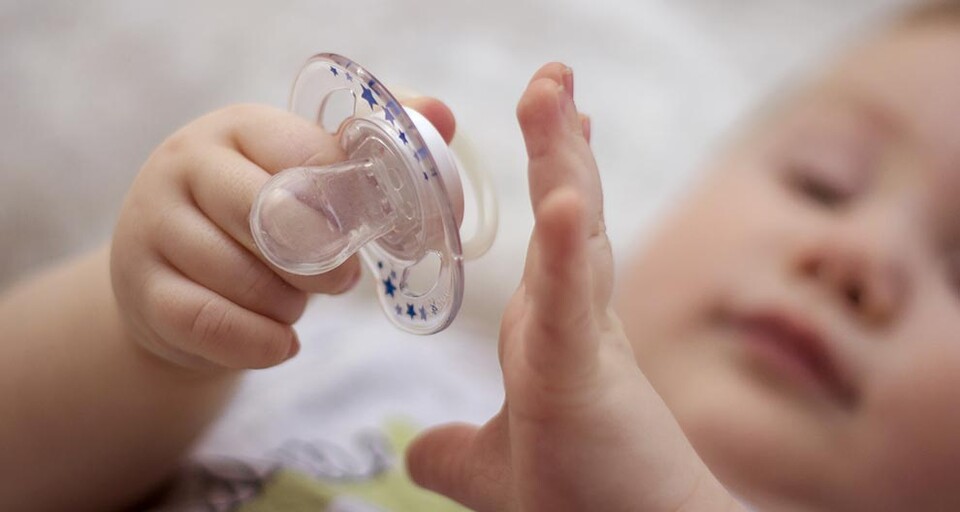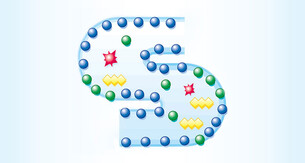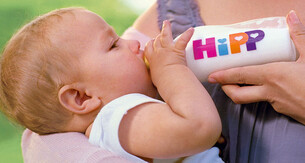The pros and cons of using a dummy are still hotly debated and are the subject of many studies. Using a dummy definitely has advantages and disadvantages: it helps babies fall asleep and calms them down, and the soothing effect of the sucking motion makes it easier for babies to settle for their afternoon nap or their big sleep in the evening. As most babies will find ways to help themselves when it comes to sucking, for instance by focusing on their thumb or a corner of their cuddly blanket, it makes sense to offer them a dummy in the first place.
On the downside, the dummy also has a reputation of interfering with baby’s jaw development. However, these days, many dummies are designed in cooperation with dentists and orthodontists to ensure that they are anatomically shaped and do not impair healthy jaw development, making them safe to use as soothing objects during baby’s early years.






